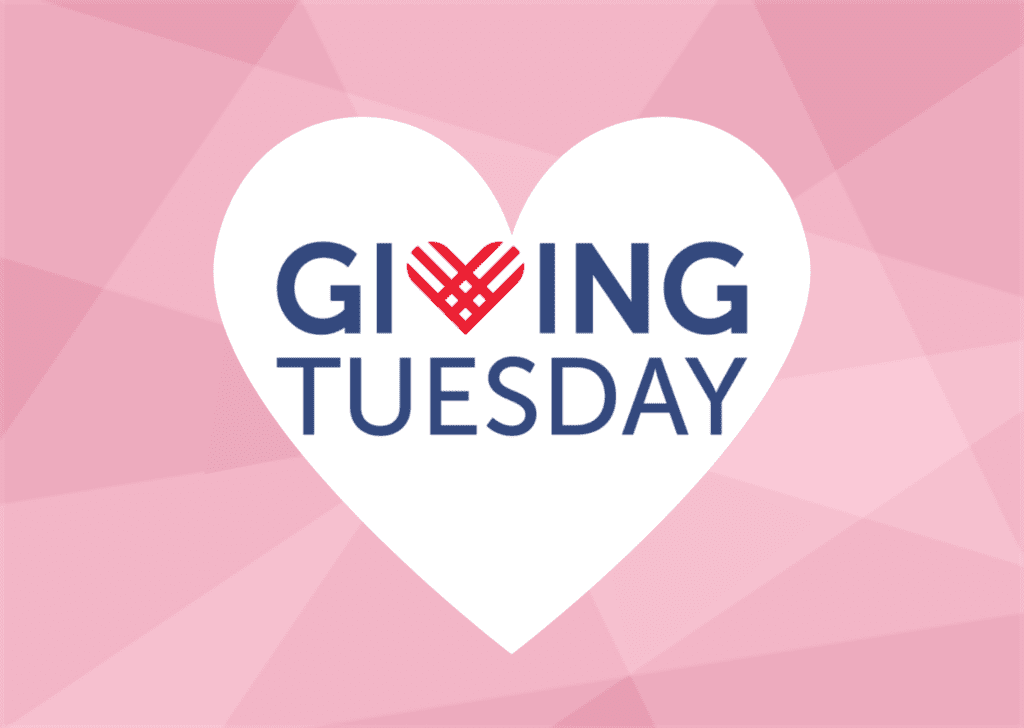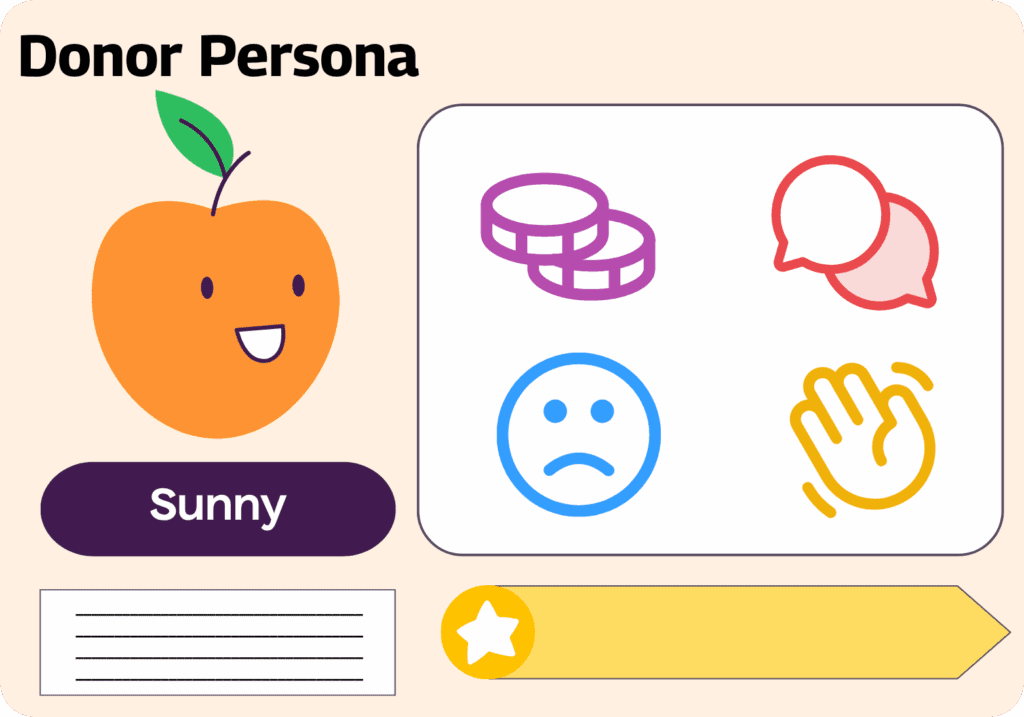Individual giving makes up a large portion of funding for many nonprofits. While these donors are vital to your organization, many of these supporters may need to pause or shift their donations when difficult economic times hit. This is one reason corporate sponsorship for nonprofits is worth considering as part of your overall fundraising plan.
Corporate sponsorship provides a reliable monetary or in-kind contribution to your nonprofit that helps diversify your income sources and prepare for the unexpected while building your mission’s brand recognition.
Getting corporate sponsorships is crucial, especially for small nonprofits, but it can be difficult figuring out how to make connections and effective asks. So whether you’re new to corporate sponsorship or looking for a refresher, we have you covered! In this post, we’ll cover everything from what exactly a corporate sponsorship is, what the most frequently asked questions are about corporate sponsorships, who and how you ask for a corporate sponsorship, and what to do after you’ve secured one.
What Is a Corporate Sponsorship?
According to Double the Donation, corporate sponsorship is a form of social responsibility in which companies donate time, money or in-kind resources to help nonprofits power their initiatives. Corporate sponsorships can come in many forms, but, in short, they’re partnerships between a nonprofit and a for-profit business.
For example, a for-profit might give a sizeable donation to your nonprofit’s annual event in exchange for naming rights or inclusion of their logo on your event materials. In return, you’re supporting that business’s corporate social responsibility efforts, showing their customers how they give back within their community.
Corporate sponsorship could also include in-kind donations. Perhaps you’re looking to build a new facility for your programming, and a large lumber company provides you with the supplies to do so. In return, you might name the building after them, prominently feature them on a donor recognition wall, or host quarterly volunteer events for their employees as part of their employee wellness program.
Corporate Sponsorship FAQs
You might have some questions pop up as you begin exploring corporate partnerships, so we’ve rounded up some of the most frequently asked ones below.
1. What are the benefits of corporate sponsorships for nonprofits?
With proper planning and execution, corporate sponsorships can be a win-win for both the nonprofit and sponsoring business. Some of these include:
- Funding Diversity: During uncertain economic times, corporate sponsorships can add stability to your overall organizational budget. Diversifying your funding sources helps to ensure that if one source starts to wane, another can fill the gap.
- Building Momentum: A sizable corporate donation can build momentum for a fundraising goal you might have. For example, if supporters see that you’ve already secured $10,000 toward your $15,000 fundraising goal, they might be more willing to donate, as they feel they can make a difference in getting you to that finish line.
- Relationship Building: A corporate sponsorship can help you build relationships within the sponsor’s network by introducing you and your cause to other businesses, vendors, or their employees. These relationships help broaden your support base and gain new donors.
- Brand Awareness: A corporate sponsorship can help spread brand awareness and expand your audience. As your sponsor shares their partnership with you on their social media and throughout their networks and other communication channels, more people learn about your brand and mission. Corporate sponsorships can help you expand your audience to people who may not have heard of you beforehand.
- Volunteer Power: As part of your sponsorship, employees may be encouraged to volunteer with your organization on a regular basis, so tap into this volunteer base whenever you need people power.
2. What are the disadvantages of these sponsorships?
Despite the hefty benefits, there are some potential downsides to corporate sponsorships to keep in mind as you get started. These can include:
- Misaligned Missions or Poor Publicity: Once you partner with a business, your actions reflect on them and their actions reflect on you. If it turns out they have some questionable business practices, your supporters might wonder why you’ve aligned yourself with them. The same could happen if you partner with a business that has a conflicting mission, such as a nonprofit that focuses on the environment partnering with a company trying to drill for oil in the Arctic.
- Too Many Cooks in the Kitchen: If a sponsor provides a large donation, they may want some say in how your event, operations or other programming happen. Make sure expectations are laid out upfront, including how you’ll include your sponsor and what communication channels will work best for you both.
- Branding Problems: Your sponsor is likely going to want some recognition. If you’re not open to incorporating their logo in materials or other co-branding, that could be a challenge.
- Funding Restrictions: General donations provide your nonprofit with unrestricted funds, allowing you to cover various expenses. However, corporate sponsors may want to fund a specific project or projects, so you could run into some funding restrictions and need to make up the difference to cover other vital parts of your project or operations.
3. What are the types of corporate sponsorships?
Corporate sponsorships can take many forms. Some of the most common types include:
- In-Kind: A corporate sponsor provides goods or services free of charge to help you fulfill a need.
- Event Sponsorship: A corporate sponsor provides a large monetary or in-kind donation to support a large event.
- Matching Gifts: A corporate sponsor provides a significant monetary donation to encourage others to give (e.g., for every $1 an individual donates, the sponsor will also donate $1, up to $50,000).
- Capital Campaigns: A corporate sponsor provides a sizable monetary donation to support a building project, typically in exchange for naming rights (e.g., a sponsor provides a grant to build a new playground for a nonprofit after school program).
- Technology Sponsorship: A corporate sponsor underwrites the cost of technology tools nonprofits use in their day-to-day operations or to plan and execute a fundraising event.
Who Should You Ask for Corporate Sponsorships?
Who you ask for corporate sponsorships depends on where you have connections and which businesses have values and missions that align with yours.
You can approach local businesses or large, national corporations, depending on your needs and contacts. Supporters of your organizations, such as donors, board members, volunteers or staff, can help you to identify potential partners where they may have a personal connection.
As you consider how to get corporate sponsorships, make sure you fit into a potential sponsor’s funding priorities or otherwise align with how they do business. GolfStatus recommends approaching potential sponsors whose audience might overlap with yours and who believe in and support your mission. For instance, a healthcare practice might be a perfect fit for a golf fundraiser for a healthcare-focused nonprofit.
How Do You Ask for a Corporate Sponsorship?
So, you’ve identified a company that would be a good fit. What’s next?
1. Do Your Research
Before reaching out, do your research. Find the right person to contact at the organization, so your request doesn’t get lost bouncing around different departments.
Once you identify that person, personalize your outreach to them. If you’re contacting multiple potential sponsors, adding some personal touches to your sponsorship letter about their particular business can make a significant impact.
You’ll also want to research to make sure your audiences match. Would their employees be interested in volunteering for your cause? Do your missions and values align? Is your field listed as a funding priority for their corporate philanthropy?
2. Build a Relationship
Before making a big ask, build a relationship with the prospective sponsor. You might want to invite them to an event, send them some marketing materials, or meet one-on-one with their philanthropy director to learn a little more about their upcoming priorities.
3. Determine Their Needs
Since corporate sponsorships are about more than just securing your nonprofit needs, spend some time figuring out what the sponsor’s needs are. Before you make your ask, know what you can provide them in exchange and be ready to share how you think that benefit will add value to their business. Remember that this should be a partnership of equal give and take. One way to accommodate sponsors’ different needs is to offer multiple sponsorship levels and opportunities.
4. Tell Your Story
While this may be corporate sponsorship, there are still people behind that business and they’re ultimately the ones you’re trying to engage.
You can ask businesses for donations just as you would for individuals. Share your story with them. Highlight the people you’ve helped, the impact you’ve made in the community, or other accounts and data that paint a moving or relatable picture of why their help is so needed.
5. Make It Clear
Once you’ve set a meeting to make your sponsorship ask, make sure all of your assets are clearly priced and representative of the value they offer relative to one another. Present comprehensive donor data so your prospects understand why the sponsorship opportunity has a high return on investment. For instance, if you’re hosting a golf fundraiser, highlight how golfers have above-average net worth.
Providing clear options of how much a business can give and what they’ll receive in return for that amount lets them consider what’s best for them at this point in terms of engagement. You may even consider offering a virtual sponsorship option.
6. Follow Up
Building relationships can take time. Even if you don’t land a corporate sponsor on your first try doesn’t mean they won’t partner with you in the future. The timing could be off, or maybe their funding priorities change down the road.
Even if your sponsorship doesn’t happen right away, it still could, later on, so don’t be afraid of reaching out again later. In addition, sometimes people get busy, so you might follow up a week or so after making your request.
Once You’ve Gotten The Sponsorship, What’s Next?
Yay! You’ve landed a sponsorship to support your nonprofit’s goals. Now what?
1. Track Metrics
Corporate sponsors want to know that their contribution is making a difference. Tracking metrics on how their donation impacted your organization lets you prove the value of the partnership to both this sponsor and others in the future.
2. Have a Renewal Plan
Renewals aren’t just for members or donors. You’ll want to consider how you’ll cultivate your relationship with your corporate sponsor, so they are encouraged to support you again in the future. Perhaps they’ll become a recurring sponsor for your annual event or choose to make an in-kind donation every year.
Use the skills you already apply for membership and donor renewals, and apply them to your corporate sponsors as well.
3. Ask Them For Feedback
One way to show your investment in the partnership is to ask your corporate sponsor for their feedback. See how they feel about working together and take it into account for the next time. They’ll appreciate how you’re willing to adapt to constantly improve the relationship.
One way to show your investment in the partnership is to ask your corporate sponsor for their feedback. See how they feel about working together and take it into account for the next time. They’ll appreciate how you’re willing to adapt to constantly improve the relationship.









